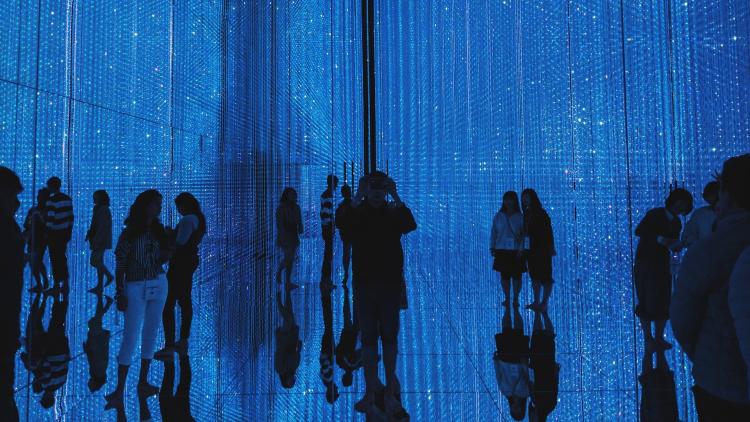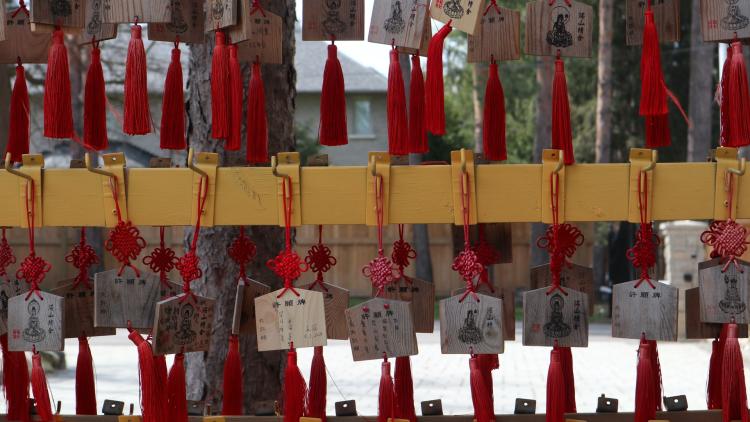Islamic Art and Architecture of Eastern Mediterranean of the Period of the Crusades (11th-14th centuries)

Key information
- Start date
- End date
- Duration
- Term 1
- Module code
- 15PARH080
- FHEQ Level
- 7
- Credits
- 15
- Department
- School of Arts & Department of History of Art and Archaeology
Module overview
This course examines the Islamic art and architecture of the Mediterranean basin between the 12th and 14th centuries, the period of the Crusades.
It was a time of dynamism, with the rise of Latin Christian cultures in the north and west, the Reconquista, the Crusades, the eclipse of the Byzantine Empire, and the rise of Turco-Islamic states in its stead. While this course concentrates on Islamic art, it will examine overlaps between Islamic and Christian arts in the eastern Mediterranean during the two centuries of the Crusader states of the eastern Mediterranean.
Emphasis will be on dynastic and regional developments, but will also track the rise of the commercialisation of material culture production. It also aims to sample the full range of material culture, complementing traditional emphases on arts of the court and religious art with commercial architecture, numismatics, and archaeological finds.
Objectives and learning outcomes of the module
On successful completion of this course, students will be able to better understand the:
- art and architecture of the central Islamic lands in a formative period
- interplay between Christian and Islamic artistic traditions in the medieval period
- relationship between material cultural production and economic and societal structures
- relationship between art history and archaeology
Workload
- 1-hour Lecture, 1-hour Seminar
Method of assessment
- One 1,000 word book or article review (worth 30%)
- One 2,000 word essay (worth 70%)
Suggested reading
- Behrens-Abouseif, Doris, Cairo of the Mamluks: A History of the Architecture and its Culture (London: IB Tauris, 2007).
- Bloom, Jonathan, Arts of the City Victorious: Islamic Art and Architecture in Fatimid North Africa and Egypt (New Haven: Yale University Press, 2007).
- Jaroslav Folda, Crusader Art in the Holy Land: From the Third Crusade to the Fall of Acre, 1187-1291 (Cambridge: CUP, 2005)
- Jaroslav Folda, The Art of the Crusaders in the Holy Land 1099-1187 (Cambridge: CUP, 1995).
- S.D. Goitein, A Mediterranean Society: The Jewish Communities of the Arab World as Portrayed in the Documents of the Cairo Geniza Volume 4 (Berkeley: University of California Press).
- Robert Hillenbrand, Islamic Architecture: Form, Function, and Meaning (New York: Columbia University Press, 1994).
- Ibn Jubayr, (R.J.C. Broadhurst, trans.) The Travels of Ibn Jubayr, Being the Chronicle of a Mediaeval Spanish Moor Concerning his Journey to the Egypt of Saladin, The Holy Cities of Arabia, Baghdad, the City of the Caliphs, the Latin Kingdom of Jerusalem, and the Norman Kingdom of Sicily (London: Jonathan Cape, 1952).
- Nasir-i Khusraw, (W.M. Thackston, trans.) Nasir-i Khusraw’s Book of Travels (Costa Mesa: Mazda, 2001).
- Yasser Tabbaa, Constructions of Power and Piety in Medieval Aleppo (University Park: Pennsylvania State University Press, 1997).
- Yasser Tabbaa, The Transformation of Islamic Art During the Sunni Revival (Seattle: University of Washington Press, 2001).
Disclaimer
Important notice regarding changes to programmes and modules.


